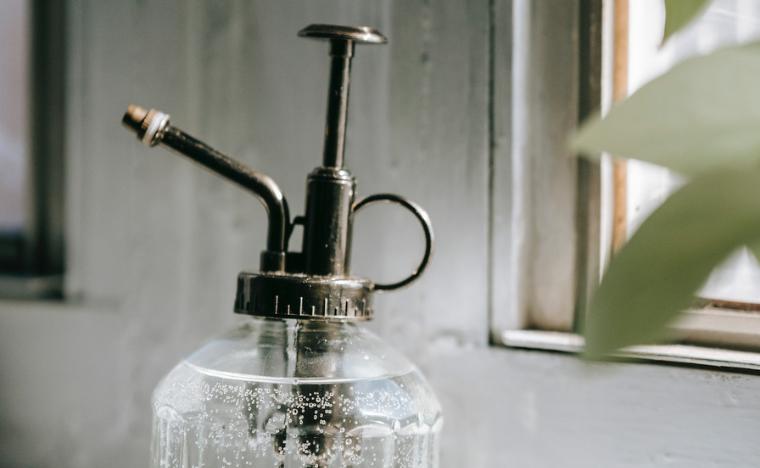
Providing adequate humidity for houseplants is essential for their health and well-being. Humidity refers to the amount of water vapor present in the air, and it plays a crucial role in plant growth and survival.
Many houseplants originate from tropical regions and require a high level of humidity to thrive. However, in the dry, artificially-heated environment of our homes, the humidity level can drop significantly, causing stress and damage to our plants.
There are several ways to provide adequate humidity for your houseplants, including:
Misting: Misting is a simple and effective way to provide humidity for your houseplants. You can use a spray bottle filled with water to mist the leaves of your plants once or twice a day. It is important to use room-temperature water and to avoid misting the leaves in the evening or night as the leaves may stay wet for too long and can lead to leaf rot. Misting also helps to keep the leaves clean and free of dust, which can block the plant’s stomata, making it harder for the plant to breathe.
Grouping plants together: Grouping plants together creates a microclimate that helps to retain moisture and increases humidity levels. This is because plants release water vapor through a process called transpiration, and when they are placed close together, they create a humid environment that helps to keep the humidity levels high. When grouping plants together, make sure to place plants with similar humidity requirements together, as some plants may require more humidity than others.
Using a humidifier: A humidifier can be a great way to increase humidity levels in your home. It works by adding moisture to the air, which can be especially beneficial during the winter months when the air is dry. You can choose between cool mist and warm mist humidifiers, depending on your preference. It’s important to regularly clean the humidifier to prevent mold or bacteria buildup.
Pebble tray: A pebble tray is a simple and effective way to increase humidity for your plants. To make a pebble tray, you will need a tray and pebbles. Fill the tray with pebbles and add water to the tray until the water level is just below the top of the pebbles. Place your plants on top of the pebbles, and as the water evaporates, it will create humidity around your plants. Make sure to check the water level regularly and refill as needed.
Moss pole: A moss pole is a great way to provide humidity for climbing plants such as Philodendrons and Pothos. To make a moss pole, you will need a pole, moss, and twine or wire. Wrap the moss around the pole and secure it in place using twine or wire. The moss will release water vapor, increasing the humidity around the plant as it climbs. Make sure to mist the moss regularly to keep it damp and to provide extra humidity for your plant.
It is important to note that while increasing humidity can be beneficial for your plants, too much humidity can also be harmful. It can lead to mold and mildew growth, which can be detrimental to the health of your plants. So, it is essential to find the right balance of humidity for your plants.
In conclusion, providing adequate humidity is important for the health of your houseplants. There are several ways to increase humidity levels, including misting, grouping plants together, using a humidifier, placing a pebble tray under your plants, and using a moss pole for climbing plants. Finding the right balance of humidity for your plants is crucial for their survival and growth.